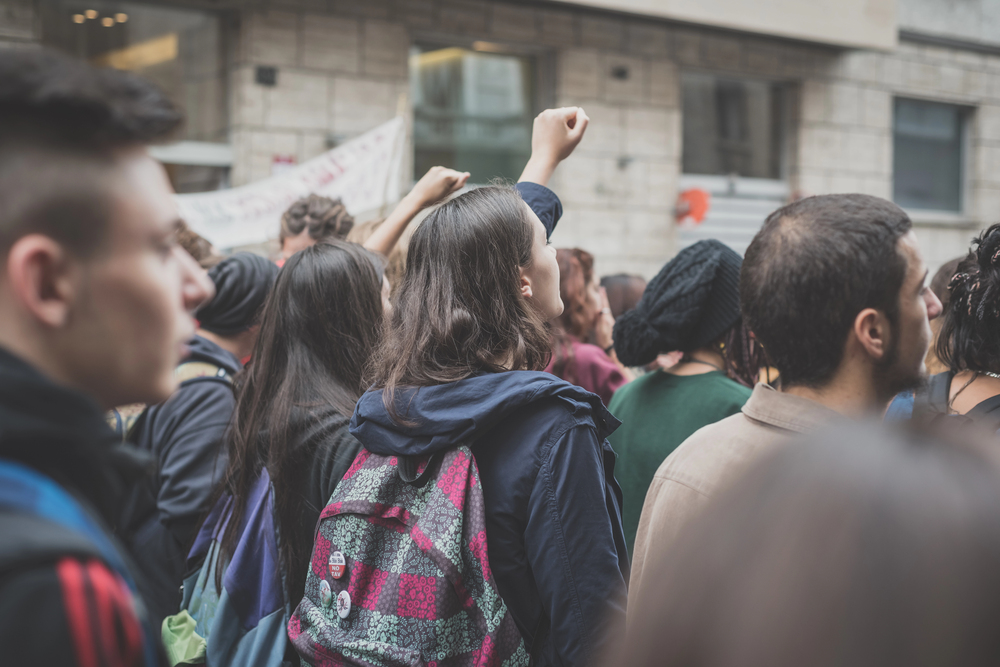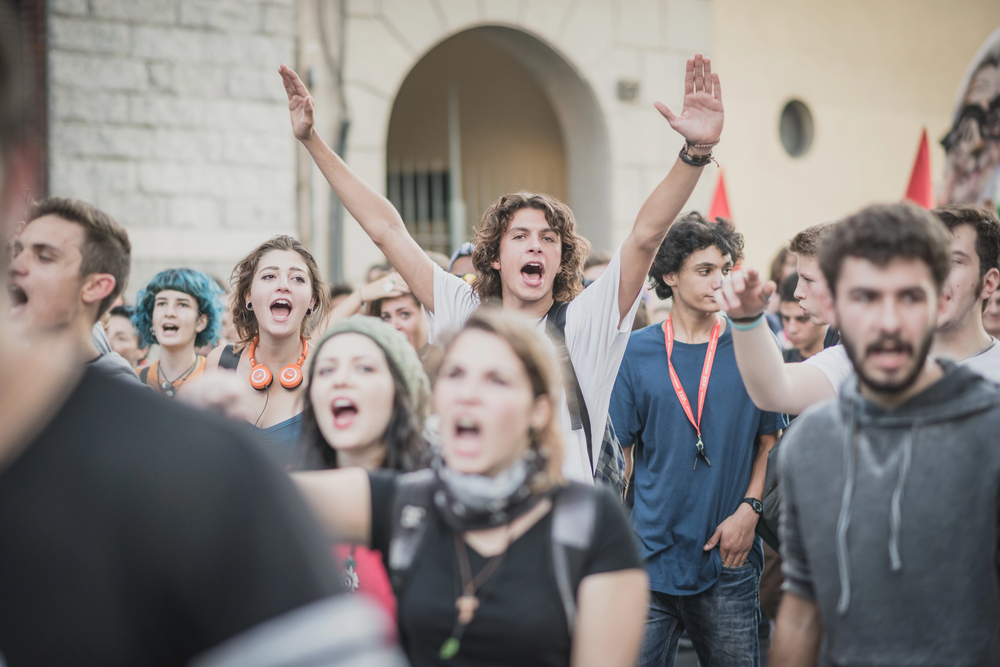
What does it actually take to defend democracy when pressure is so extreme? People are standing up everywhere in the nation that the solution isn’t so much in court or in the news it’s in communities, in dialogue, and in small acts of courage that will not succumb to fear. From deep canvassing to Sanctuary Communities on wheels, these are not strategies of resistance of building a culture of safety, of truth, of hope that will outlast some administration.

1. Creating Sanctuary Communities That Work
Sanctuary Communities are not symbolic they’re practical, grassroots barriers to federal overreach. As Robert Reich has spelled out, such networks already monitor and document ICE raids, construct early-warnings infrastructure, and empower residents to observe and record arrests. They are standing shoulder to shoulder with community institutions schools, libraries, clinics to spread accurate information and fund emergencies. Legally, they’re on solid ground through the anti-commandeering doctrine, which prohibits the federal government from compelling local agencies to enforce federal regulation. And though risk exists, the impact is strong: if 90% of law enforcement personnel are state or local, denying cooperation makes enforcement on a mass scale much harder to enforce.

2. Creating Firewalls at the State and Local Level
The ACLU “Firewall for Freedom” agenda invites leaders to protect personal data, make deporting millions of immigrants a policy, and remove the military from law enforcement. It includes legislative screening to guard against health and location data information, safeguarding immigrants with representation, and denying state National Guard units permission for unconstitutional enforcement. In the words of ACLU-NJ’s Amol Sinha, “We can’t be complicit in the cruelty of the next administration and we must be aggressive in defending and expanding rights for all.” These efforts don’t merely push back instead, they create lasting infrastructure for civil rights.

3. The Craft of Dominating Deep Canvassing
In environments where disinformation and polarization are the norm, rapid scripts will not do. Affectively engaged, 10- to 20-minute deep canvassing has achieved up to 40% persuasion with residual effects lasting months. It’s listening before talking, speaking from lived experience, and meeting common ground where it’sflammatory. For activists in “unwinnable” districts, it slams doors knocked on to minds converted, cynicism to connection.

4. Pushback Against ICE Tactics
A knowledge of your rights is a first line of defense. Organizations like IDP and United We Dream have documented ICE’s two-sides tactic, ranging from assuming local police personas to false telephone tips. Community readiness is distributing multi-lingual rights pamphlets, constructing emergency response policies, and organizing rapid response groups in order to document raids safely. Congregations, community centers, and local coalitions are possible locations for sanctuary, providing immediate cover as well as a public presence when facing intimidation.

5. Sustaining Activism Without Burnout
Resistance is not short-term, but long-term. Activists would rather adopt the skills of Dialectical Behavior Therapy (DBT) mindfulness, acceptance of pain, and emotional regulation to stay stable. That can be setting boundaries with the media, doing paced breathing exercises beforehand to go on a march, or reaching out for a support network of trusted fellow comrades. As another wellbeing coach says, “Resilience doesn’t mean you won’t feel stress it means you have the tools to cope with it in a healthy way.” Maintaining your energy allows you to keep showing up, day after day.

6. Stopping Disinformation Before It Blows Up
Authoritarian movements rely on disinformation. Psychological research demonstrates that “prebunking,” inoculating people against well-known manipulative tactics, can make them more resistant to future deception. That might be a brief video outlining how scapegoating is done, or a class instructing people how to recognize photoshopped images. The principle is repetition by trusted sources, coupled with helpful truth. And if one has to debunk falsehood, start with the truth, not the myth.

7. Learning from Earlier Nonviolent Resistance
From anti-apartheid activism to civil rights movements, history shows us that continued, disciplined, nonviolent pressure can bring down entrenched power. Moral imagination was combined with strategic discipline in the work of Martin Luther King Jr., Nelson Mandela, and Emmeline Pankhurst boycotts, marches, court cases that engaged public opinion as well as political energy. New movements today can do the same: mobilize on the streets, continue mobilizing, and link local actions into a national narrative.

8. Placing Kindness and Truth at the Forefront
Takeaways of Timothy Snyder’s “On Tyranny” are the one that small things telling the truth, talking to people’s eyes, not helping ahead are all democratic culture is about. Small acts of kindness such as giving a sincere compliment to a stranger can mend social tissue shredded by authoritarianism. As the love section of the main article reminds us, “The deepest impact can come from the smallest acts of care.”

9. Mobilizing the Vote and Keeping Elections Going
Texas grass-roots groups are demonstrating how voter mobilization can beat “red state” cynicism. By staffing 83 canvassers in the hot sun, they’ve established infrastructure to serve canvassers legally, track progress, and maintain morale. Confronting voting rights also involves strengthening litigation groups like Democracy Docket, advocating greater language access, and combating gerrymandering because authoritarianism gains traction when citizens believe their vote won’t count.

10. Practice Corporeal Politics
Authoritarian power wants you alone and passive. Refusing that by appearing in the flesh to demonstrations, town halls, public debates. In the flesh, solidarity is built, resistance is communicated, and you still believe that you belong to a wider world than you. As Snyder put it, “Get outside. Put your body in strange places with strange people. Find new friends and walk with them.”
The threads that weave together all of these strategies are unmistakable: care for the vulnerable, tell the truth, build strong networks, care for yourselves and for one another. This work needs to be done now, but it is also a radically human is rooted in relationship, in courage, and in the vision of a free and just world as a destination to work toward.


